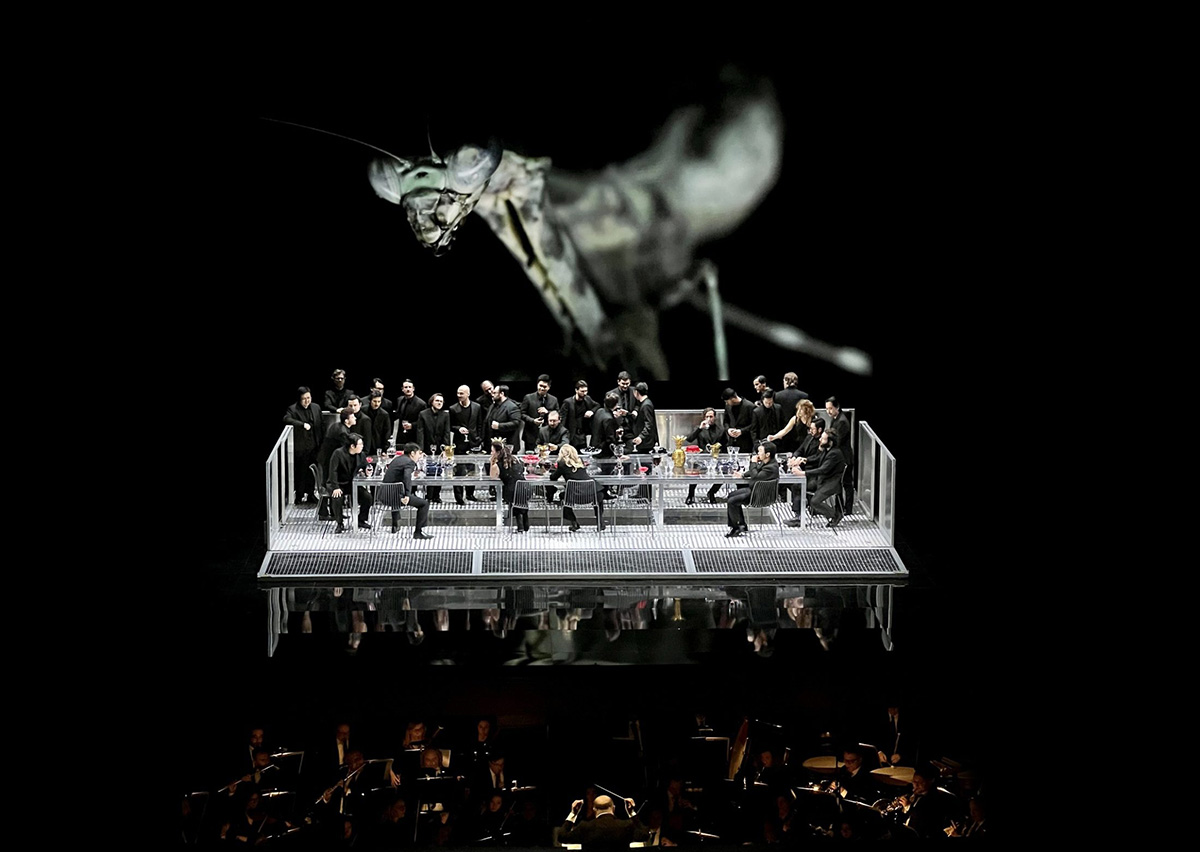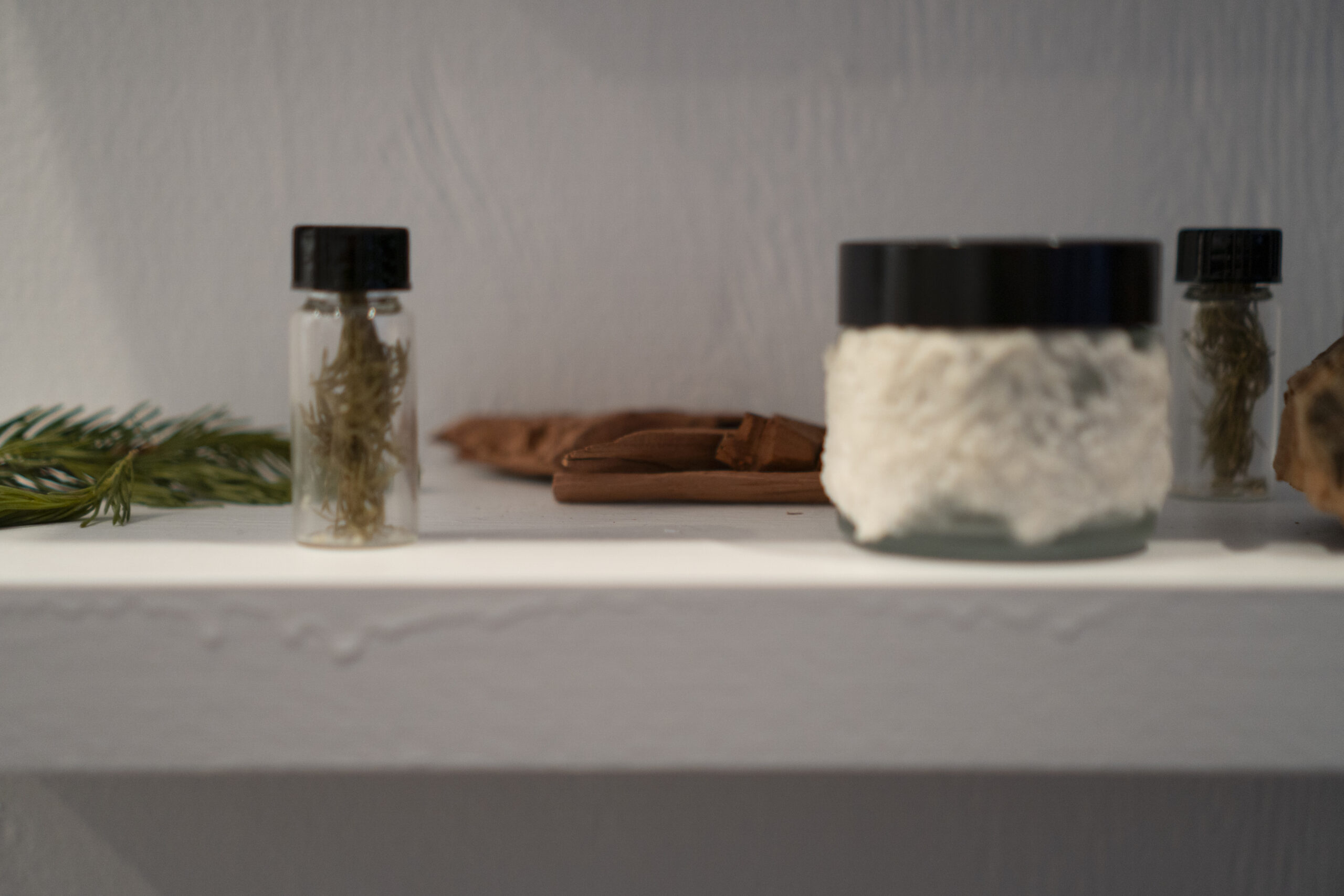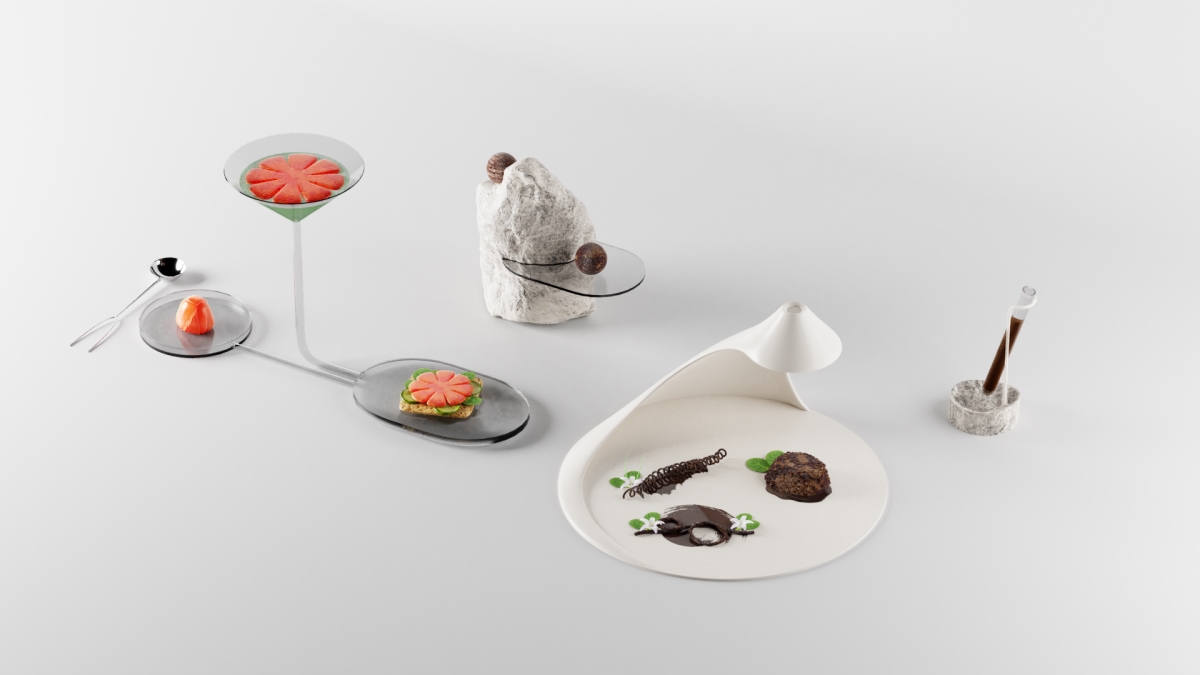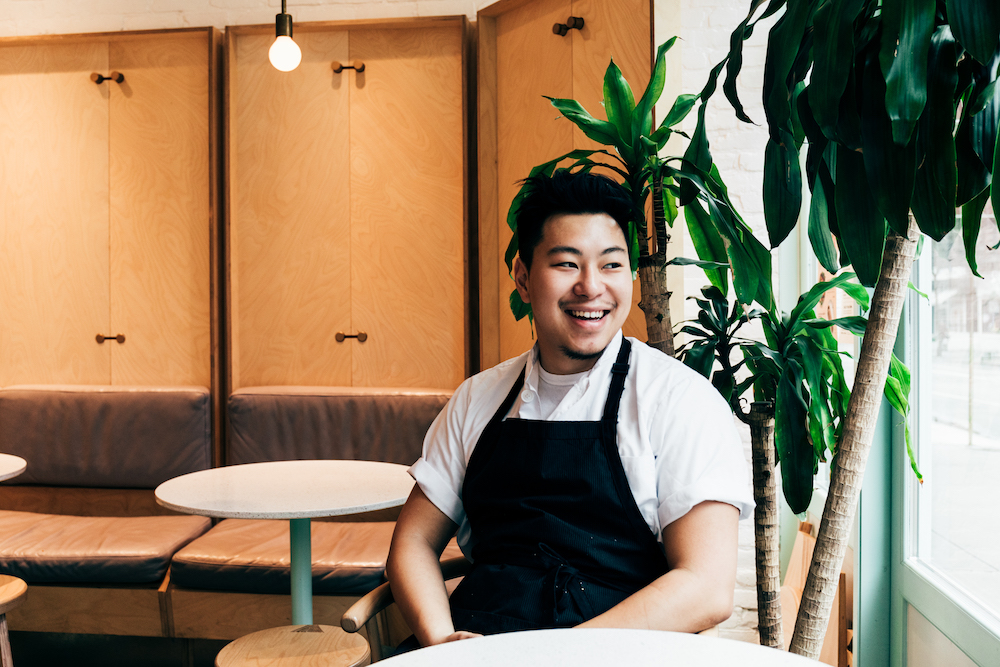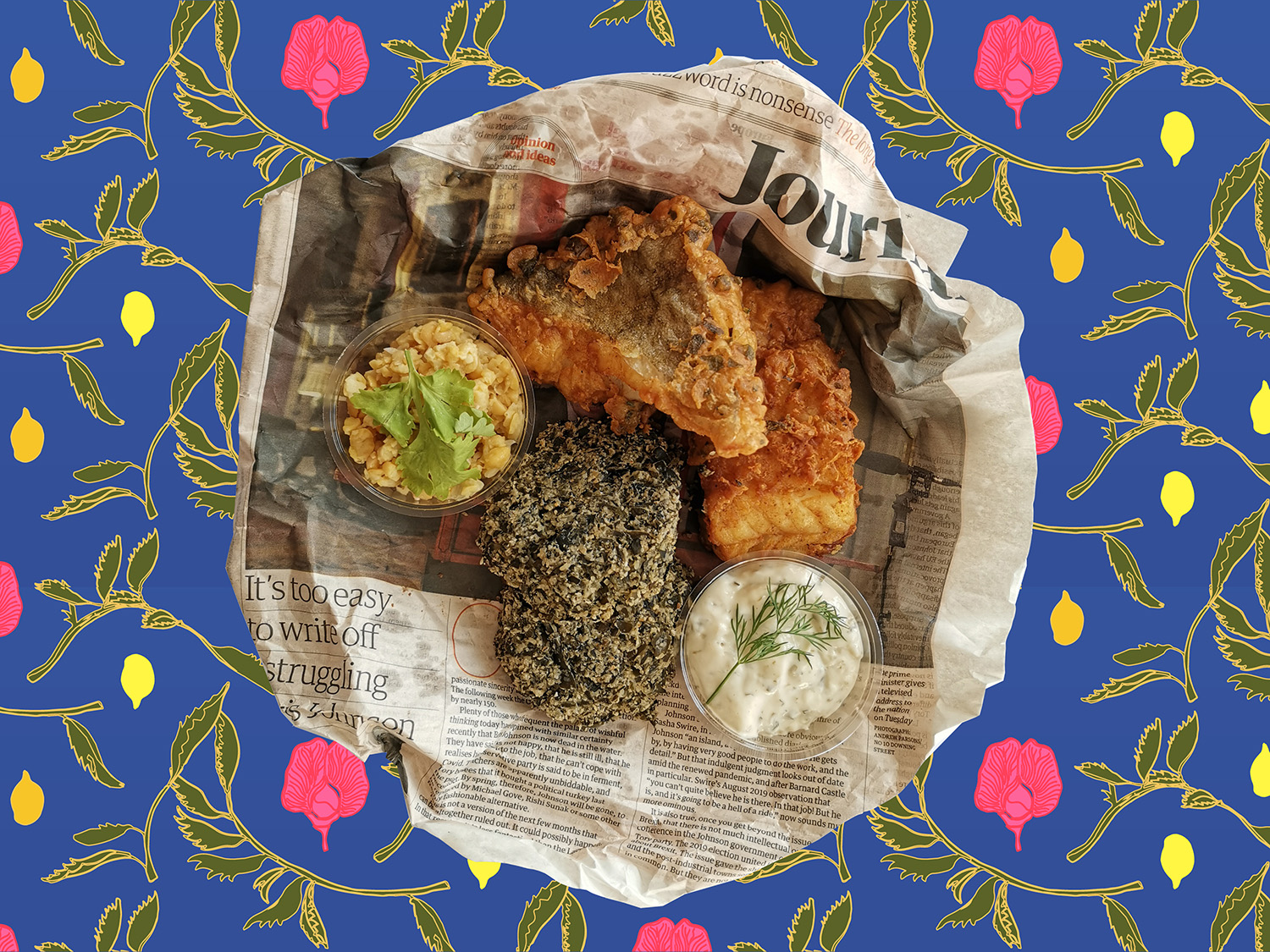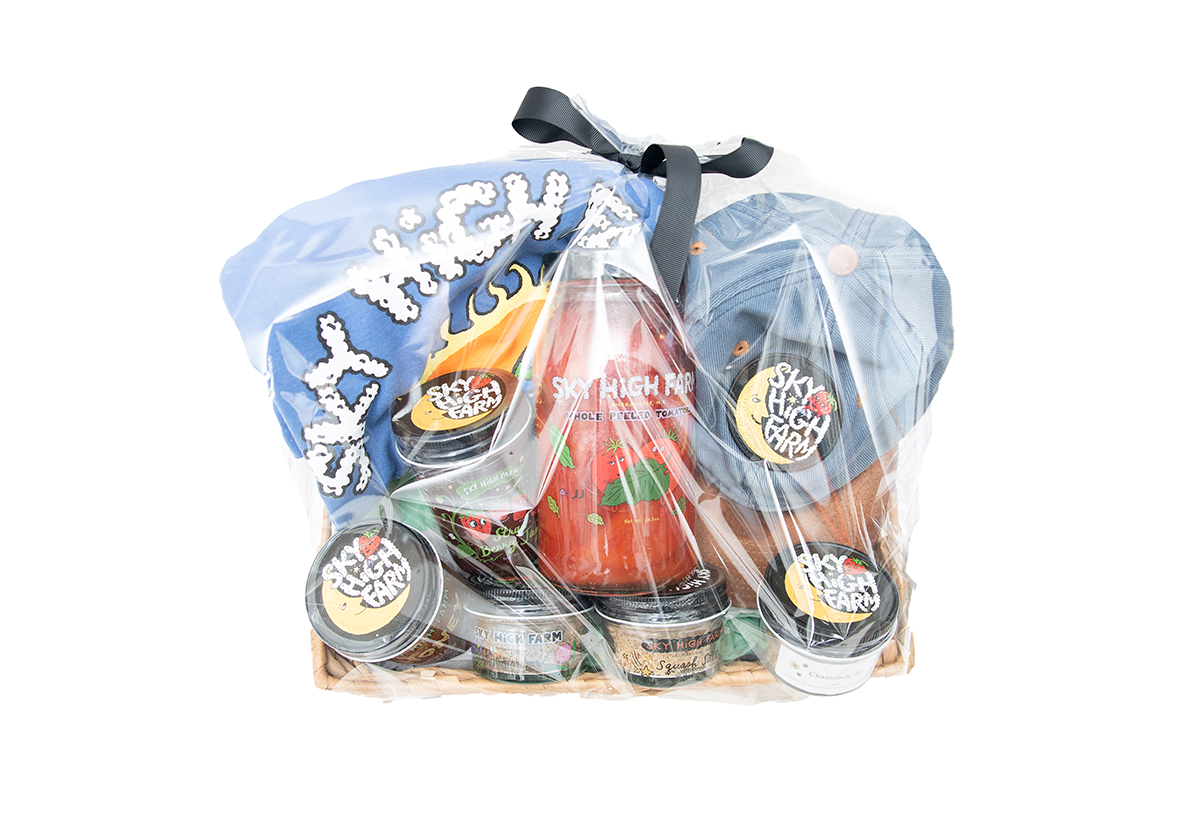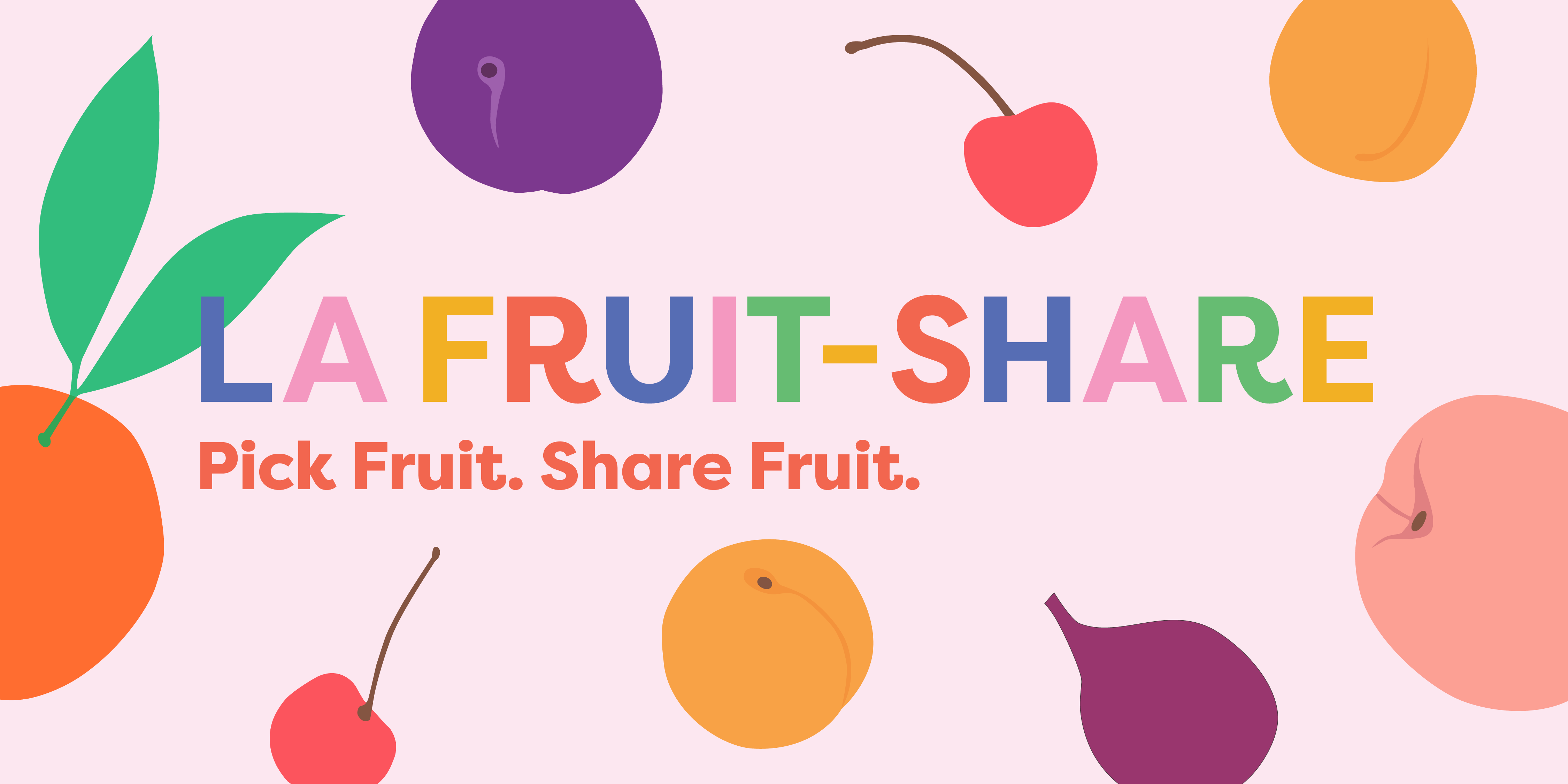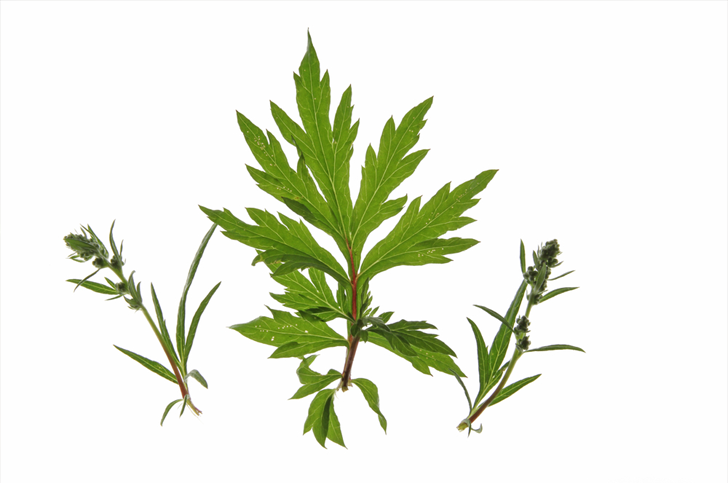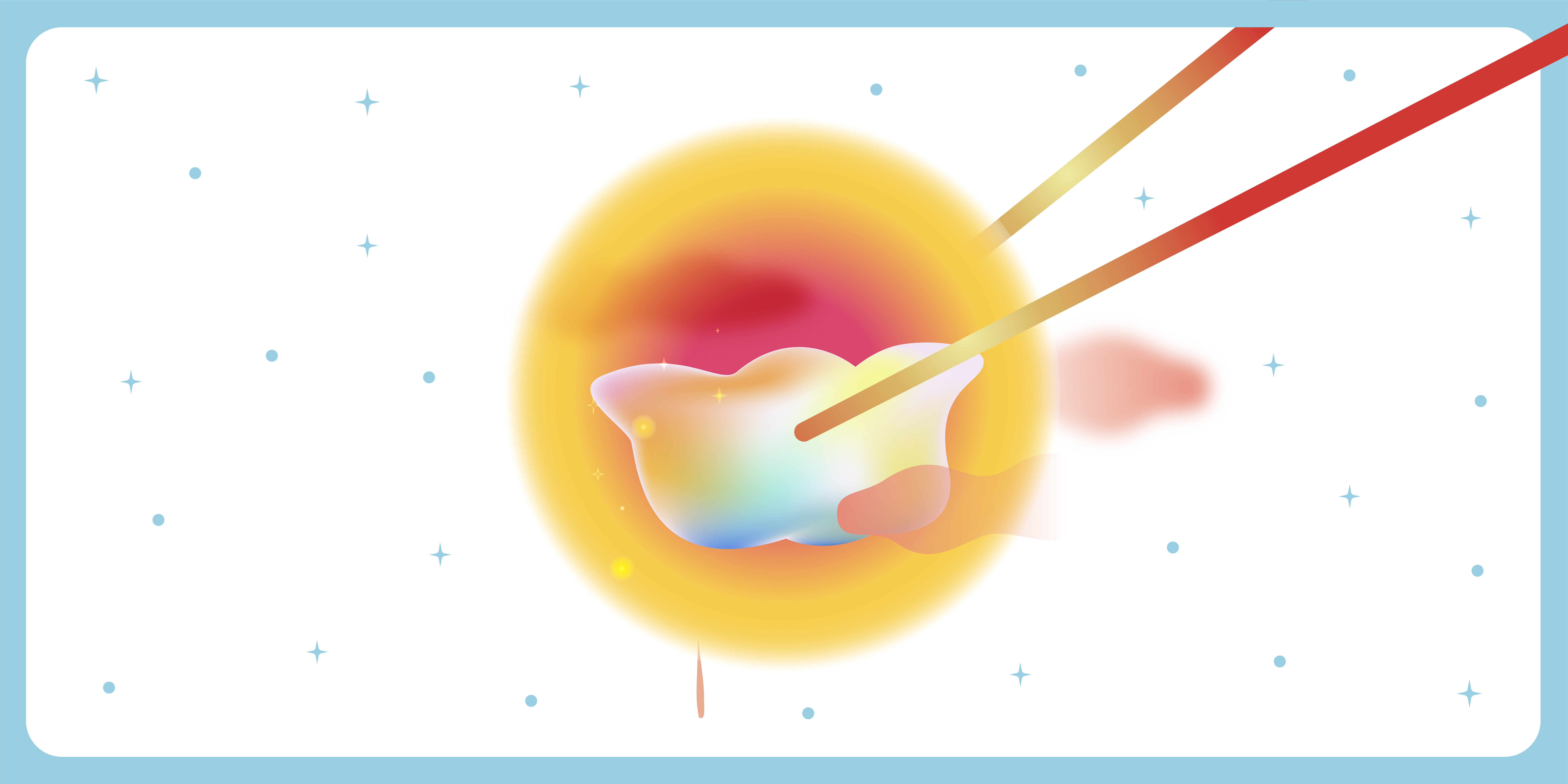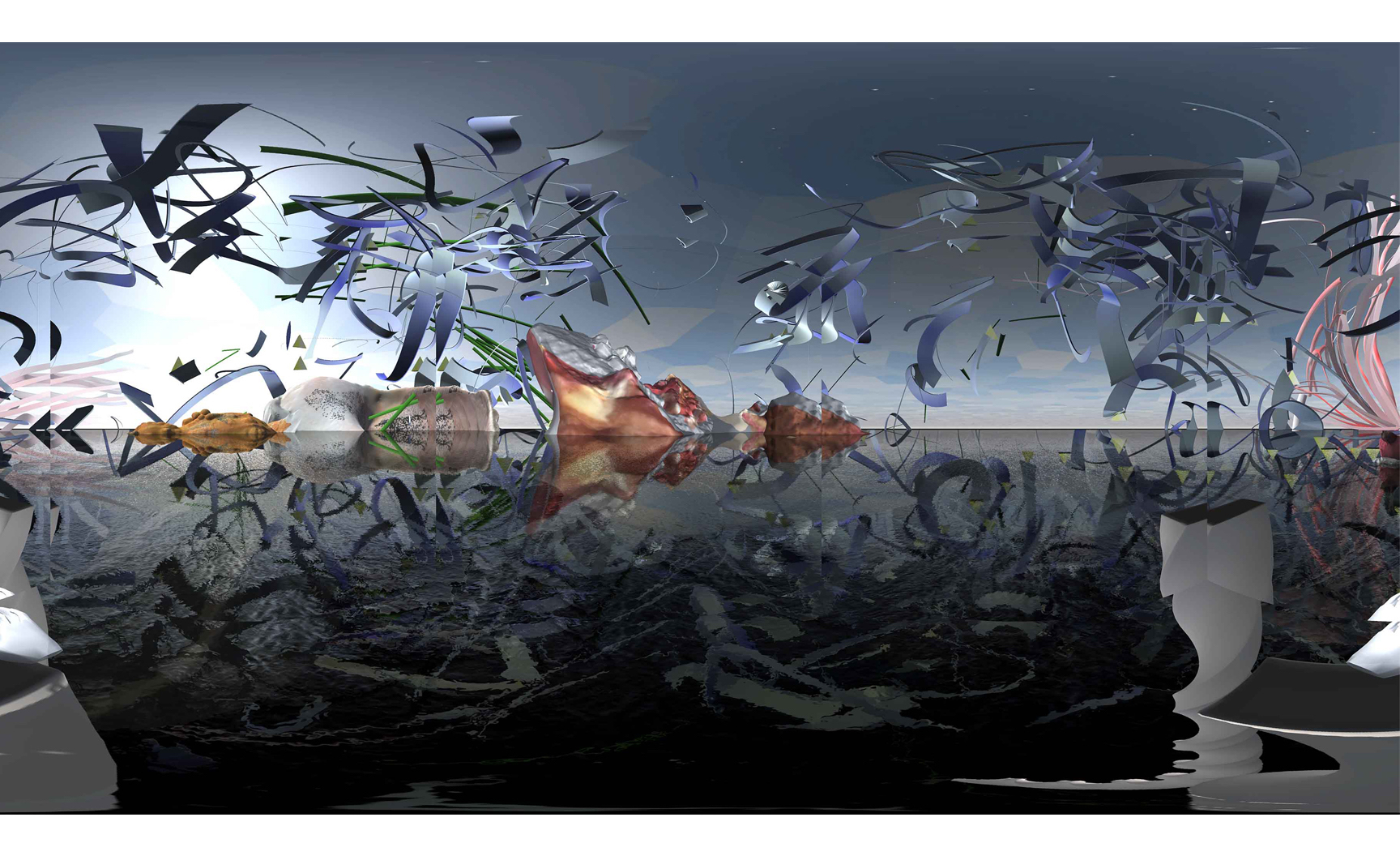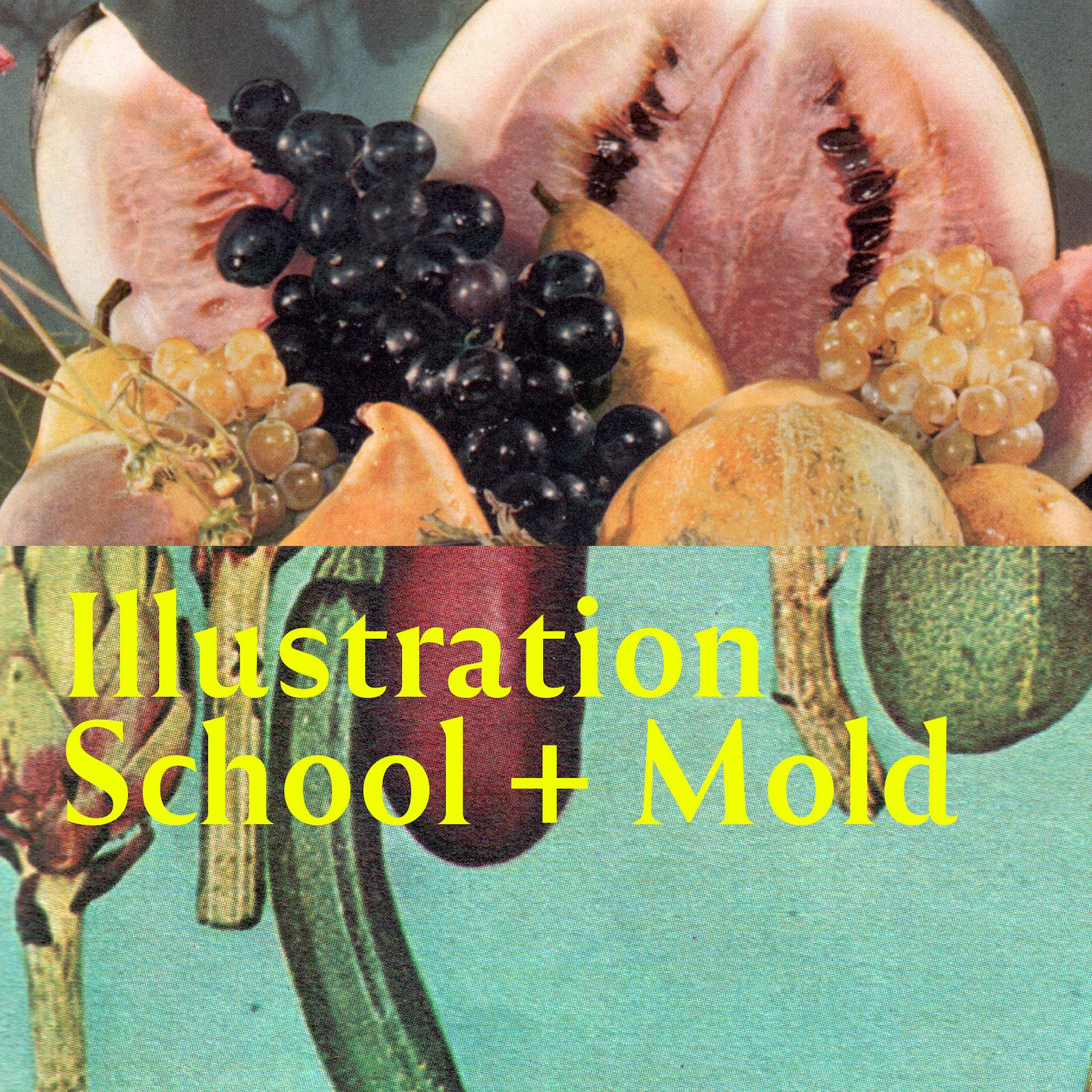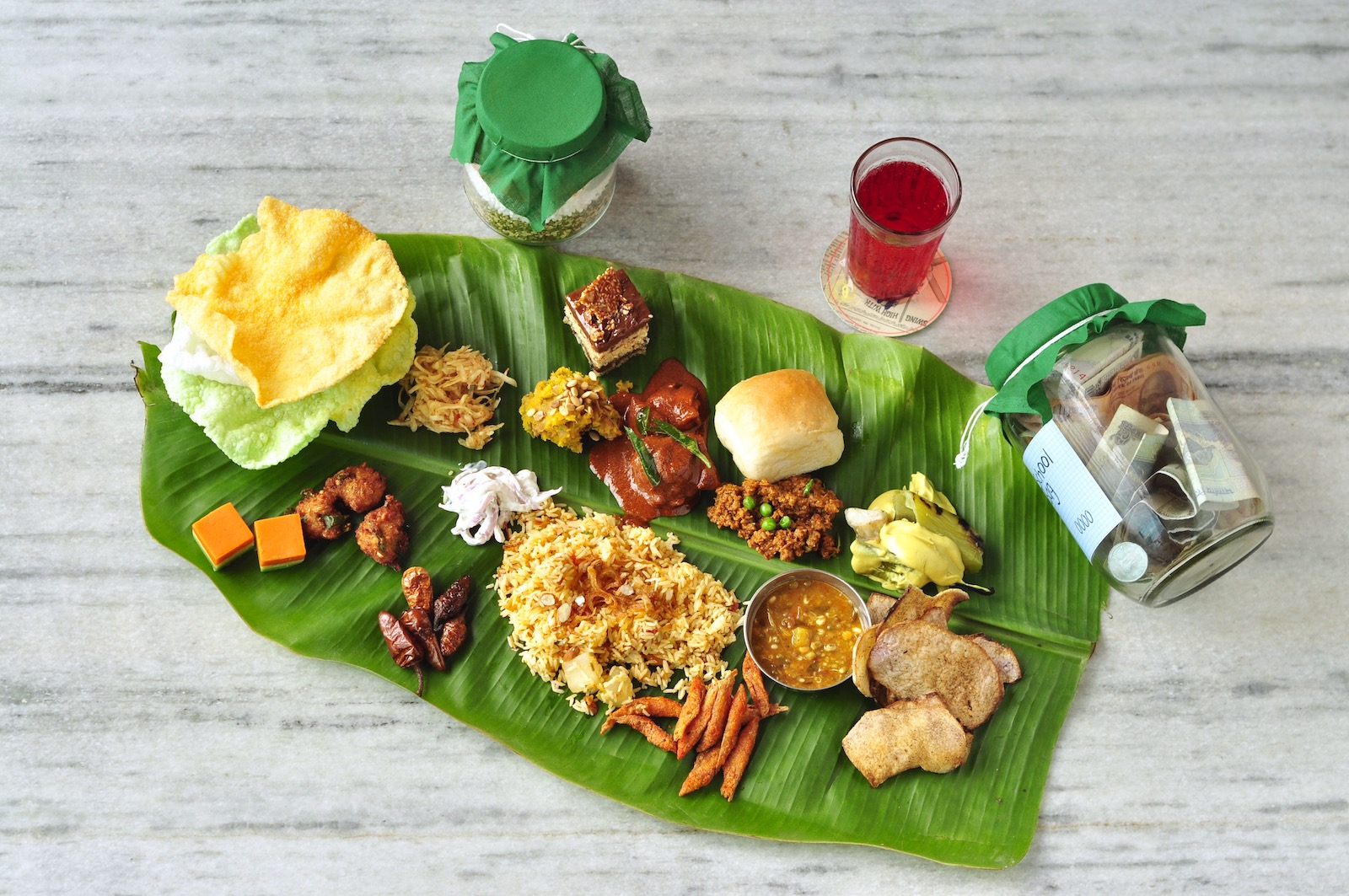This piece is part IV of a five-part series by Jen Monroe of Bad Taste and Caroline Maxwell of Wild Dogs International, ‘Balling the Queen: On Honey Bees, Consumption and Collapse.’ Focusing on the plight of pollinators and colony collapse, this series serves as a precursor to their event Balling the Queen: A Dinner Salon Exploring Honeybees, Consumption and Collapse.
So: monocropping has necessitated commercial beekeeping into existence while simultaneously stressing honey bee populations to death and making the livelihoods of beekeepers increasingly precarious, inflicting massive environmental destruction along the way. Why should anyone who isn’t an environmentalist or a beekeeper care? If the honey bee isn’t at immediate risk of extinction, and our grocery stores aren’t going to empty out any time soon, what’s really at stake here? Well, if the loss of non-renewable resources (topsoil health, fossil fuels, native species, ocean health, biodiversity, etc.) isn’t enough, we can read the honey bee health crisis as an analogy for our high-intervention food systems. We’ve introduced a non-native species (the honey bee, Apis mellifera) into a country with an already well-functioning suite of native bees and pollinators. Honey bees do well for themselves here, both in domesticated and feral populations, and for a few centuries they seem to be thriving. But then agriculture drifts away from its natural form, and to enable farmers to further scale up their operations we engineer pest problems and fertility problems that we then have to “fix” by creating additional environmental stressors. Suddenly farms aren’t diverse enough to sustain domesticated bees, and we’ve gotten rid of the native pollinators’ surrounding habitat, so we throw an imported species of honey bee into the salad spinner that is migratory beekeeping. A few decades later all the feral honey bees are dead and all the domesticated bees are so sick that 50% winter die-offs are the new normal. Hives are so stressed that queen bees, who used to live for two years, are now surviving for six months or less, meaning that beekeepers routinely have to manually replace the dead queens with new queens.
 RoboBees have been proposed as a solution to pollinator problems. Photo courtesy of the Wyss Institute at Harvard University.
RoboBees have been proposed as a solution to pollinator problems. Photo courtesy of the Wyss Institute at Harvard University.
But hives have a carefully engineered language of smells and pheromones, and will often decide that a queen who doesn’t smell like their own is an intruder. Their defensive behavior is to encircle her in a tight ball of bees and vibrate their wings and bodies to elevate the temperature in the center of the ball until the queen is cooked, balled to death. To keep new queens safe, beekeepers will introduce her to a hive in a tiny cage with a door made out of sugar, which takes a few days for the bees to eat through, by which time they’ve adjusted to her smell and hopefully will spare her. To make up for the unusually high rates of hive die-off each year, beekeepers will routinely split their hives to regenerate honey bee populations, introducing new queens along the way, but this too is a band-aid and not a permanent solution to an industry that feels less viable with each passing year. Meanwhile, there has been considerable research and development into prototypes of robo-bees that could conceivably replace honey bees altogether, pollinating crops more reliably and at greater scale than a sensitive living organism. One can only wonder what other problems we’ll have “solved” with new problems within our lifetimes.
 An almond farm in full bloom. Photo courtesy of Cavan Social.
An almond farm in full bloom. Photo courtesy of Cavan Social.
While we probably aren’t at risk of mass famine as a result of pollinator die-off, the risks, fluxes, expenses and failures of industrial agriculture are clearly reflected in the price we pay at the grocery store. Twenty years ago, almond farmers could expect to pay about $30 to rent the pollination services of one honey bee hive. These days it’s around $200 per hive, and pollination fees can account for about a quarter of an almond farmer’s total overhead expenses. We pay for it when we buy our food, and then we pay for it again in detriment to our environmental resources. Spikes in prices—to almonds, yes, but to any number of the 400 fruit and vegetable crops that rely on bee pollination—can easily be enough to push these foods further out of reach for food-insecure households, who already struggle with access to fresh produce in the first place. (To put these price hurdles into another context, vanilla bean orchids have to be hand-pollinated by humans. As a result, vanilla bean pods cost around $600 per kilo; $60 more than silver.) Pollinator-dependent fruits, vegetables, and nuts provide over 90% of our vitamin C, all of our lycopene, and the vast majority of our vitamin A, folic acid, lipids, and antioxidants, meaning that a failing pollination system doesn’t just pose economic threats and limitations on food choices, but could also have immediate nutritional consequences. If we can’t bring ourselves to care about native bees, fossil fuels, and dead oceans, we can certainly care about people.
* * *
Balling the Queen
- Part 1: The Biggest Pollination Event in the World
- Part 2: A Brief History of Colony Collapse Disorder
- Part 3: On Pollinator Health and Monoculture Farming
- Part 4: Why Should We Care?
- Part 5: Helping the Bees + Event Series Details
